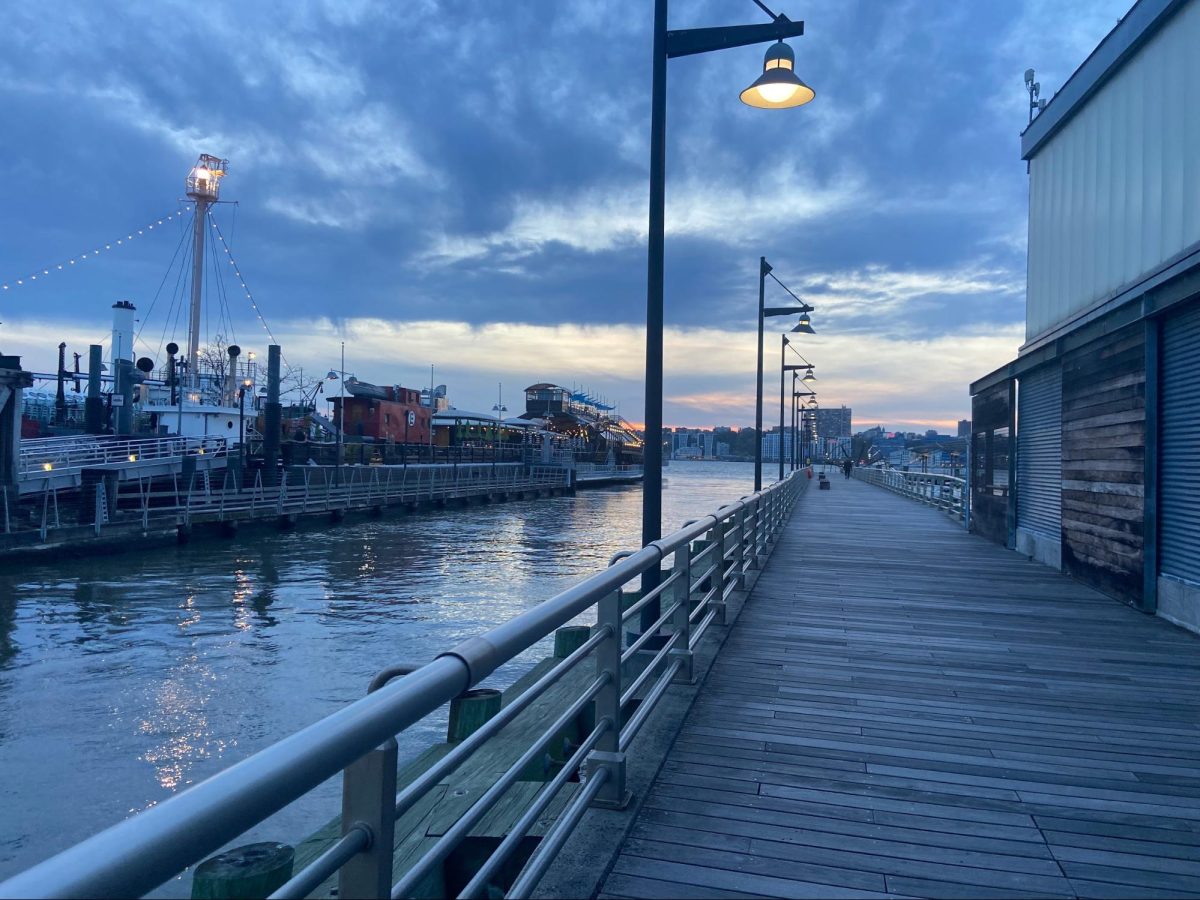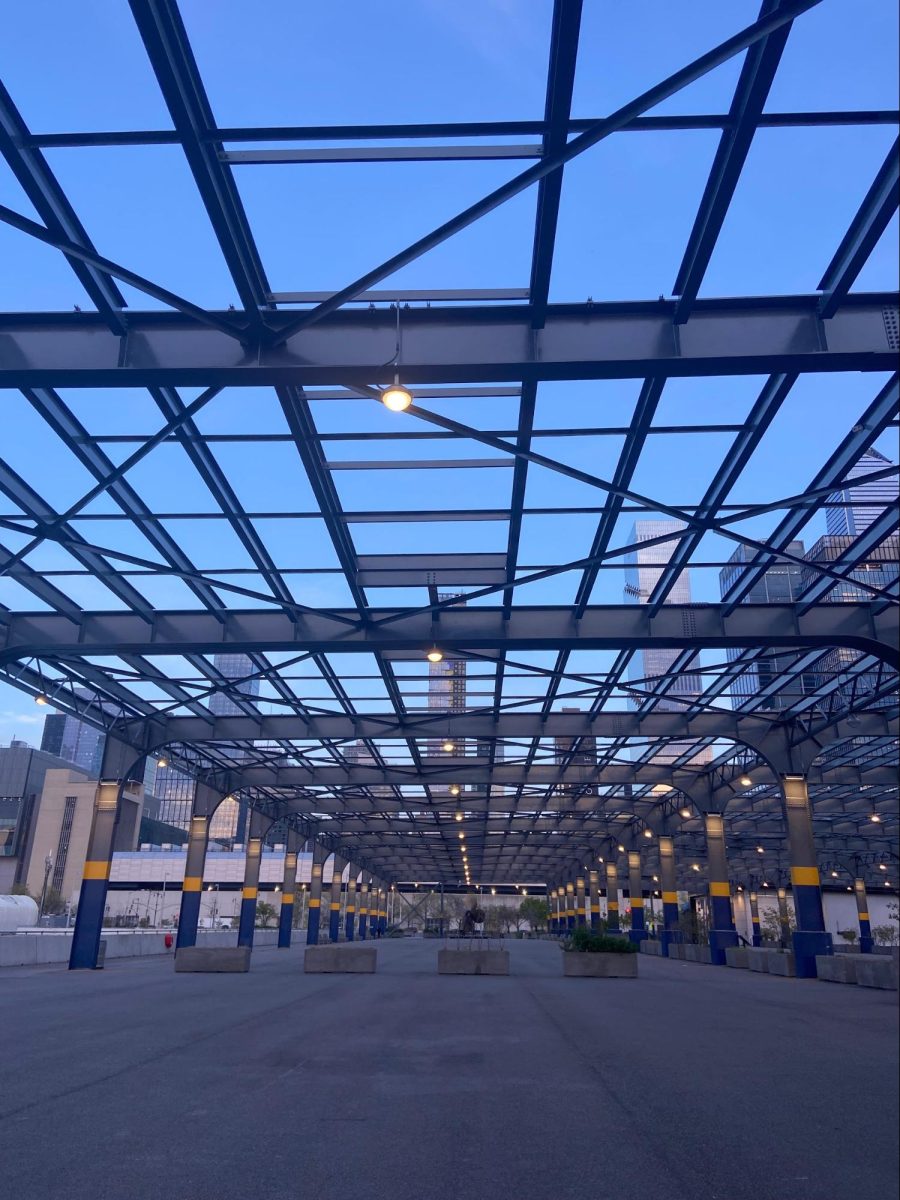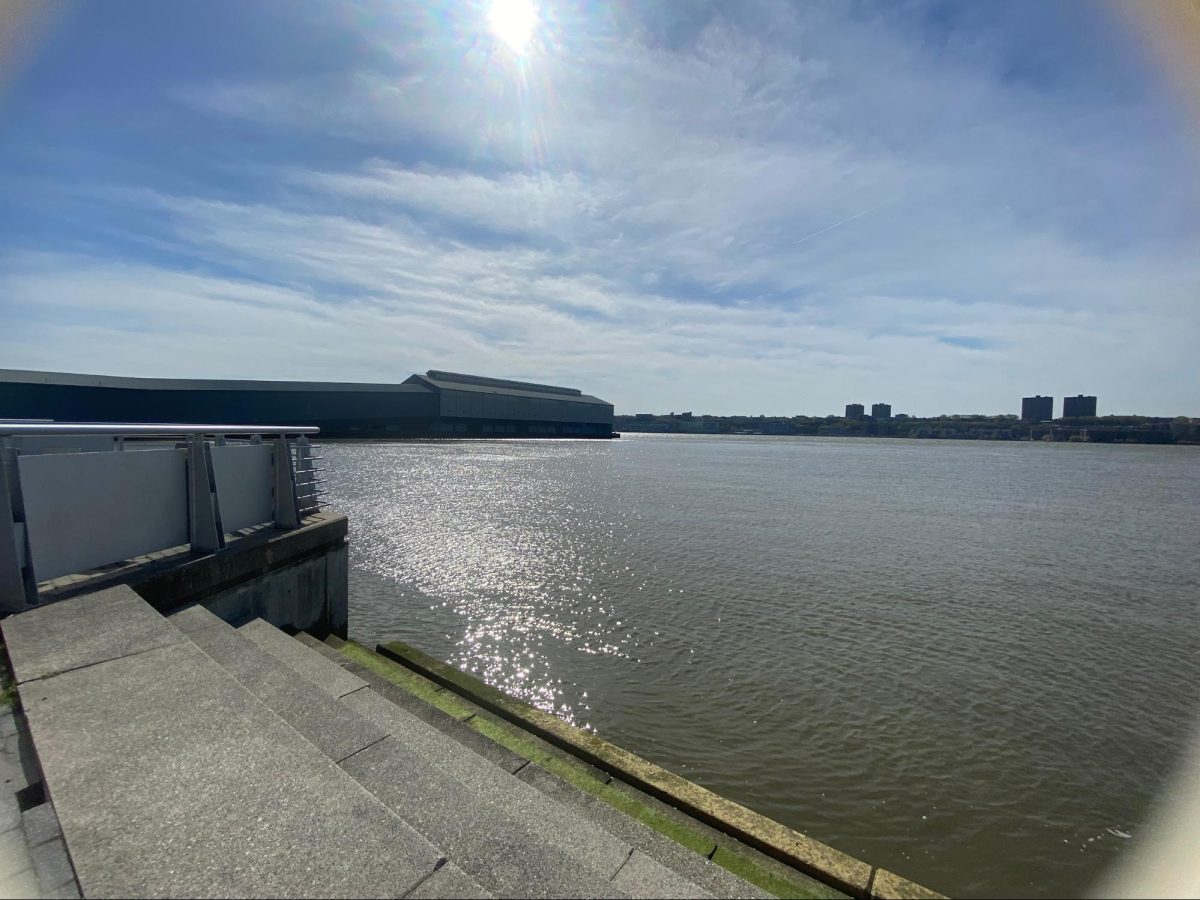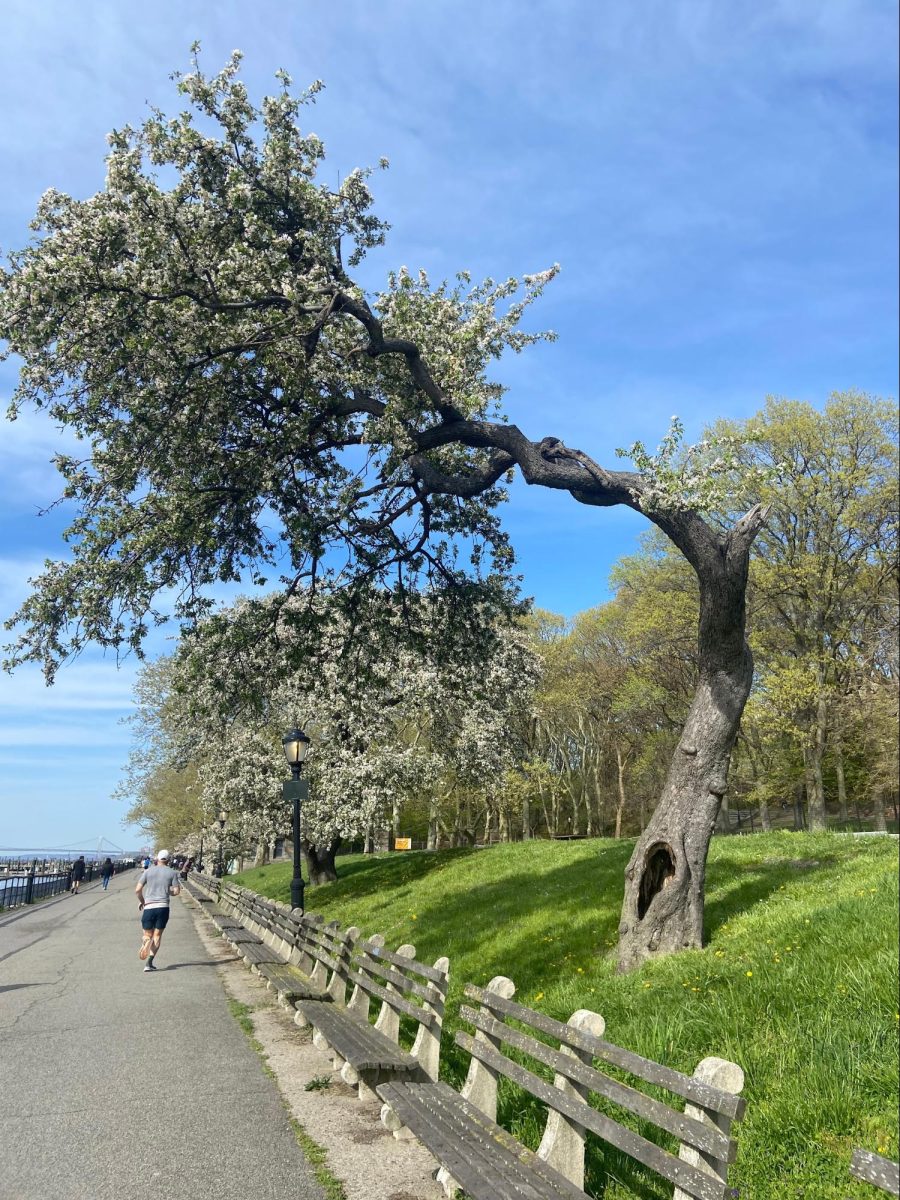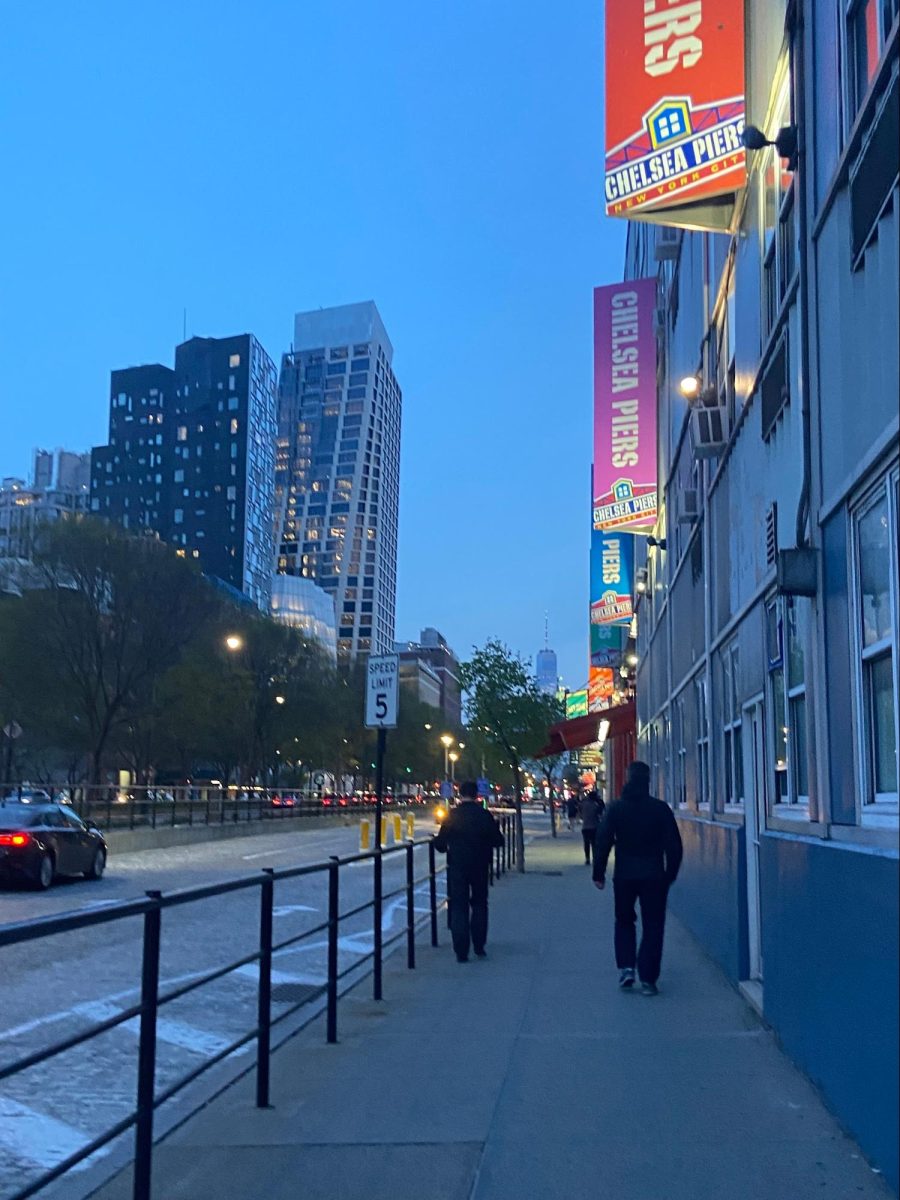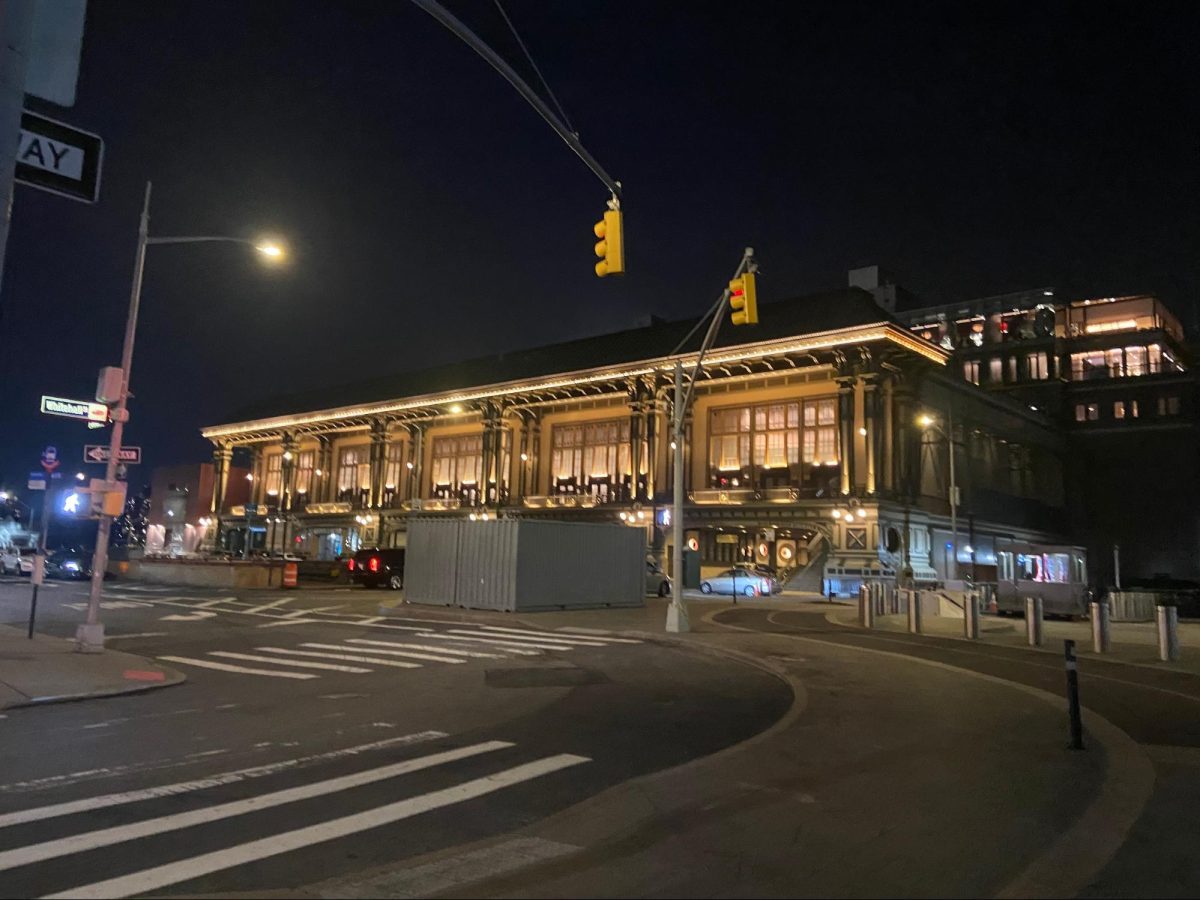Any tourist coming to New York would most likely choose Manhattan as their primary destination.
I can’t argue with this point. Although the other boroughs have similar potential, I live in Manhattan and can attest that it is the more interesting of the quintet of the five boroughs, given that Manhattan consists of some of the most popular New York City attractions, such as Times Square, Chinatown, Koreatown, the Empire State Building, and Central Park. However, I believe many areas in Manhattan are overlooked. For example, I live near Times Square and even though it’s filled with dozens of popular shopping and food attractions, my go-to places to clear my mind are along the Hudson River. Throughout Manhattan, the piers and walkways along the Hudson River provide gardens, parks, recreational parks, and even nightlife and food.
To show my appreciation for an overwhelmingly underrated part of Manhattan, I set off to record each notable spot I remembered passing, and even some hidden spots I’ve passed for the first time. On this particular day, it was already long past my planned 11 a.m. departure, so I decided it wasn’t a terrible day to go for a seemingly lengthy walk with my dog at around 3:30 p.m.
30th to 55th Street: 3:30 p.m.
Living west of Times Square, I started my trip around midtown Manhattan. Growing up in Brooklyn and moving to 37th Street in the heart of the city, you could say I was always surrounded by popular areas.
Even though there are many underrated areas along the Hudson River, the classic ‘touristy’ places offer benefits as well. Ironically, Javits Convention Center and the Hudson Yards neighborhood next to it are some of my favorite places throughout New York City. From the early morning strolls at the bottom of giant buildings to the beautiful nighttime views of the Vessel after shopping at The Shops & Restaurants at Hudson Yards mall, this area is one of the most relaxing and modern places in Manhattan. A few avenues down is a popular food and shopping area for many New Yorker teens, Koreatown. Its more ‘touristy’ equivalent is only a short ten blocks uptown, Times Square. The main attraction of this more popular equivalent is its brighter lights at night.
Going back to the waterside, Intrepid (a World War II air carrier ship) is one of the most interesting and educational experiences found in a Manhattan history museum. Next to it, to its North and South are a multitude of piers that I like to think of as mini islands. These piers, namely Piers 84, 97, 79, and 76 all have their unique qualities. Some include grassy spaces, sitting and relaxing areas, one or more communal activities, or just a space for engaging in any activity you want. There are more than enough activities to experience. People can spend a range of time here, from a quick dog walk to spending half a day at these piers. If you were looking for special eating experiences, one or two piers around 42nd Street have incredibly fitting names, like Lobster on a boat.’
55th to 70th Street: 4:00 p.m.
As I start to head further uptown, the piers become busier and have greater similarities to a modern park instead of a wharf. The fences between the waterfront and the platform are gone in some places, allowing me to get closer to the water and even be able to touch it. I see a family of ducks walking up a ramp connecting the water to a platform, people sitting on individual seats to spend time alone, and some other people sitting on grass under shady trees for picnics.
There are more people in this sector along the Hudson. Separated from the touristy areas, the people here are all focused on personal tasks, allowing a greater sense of privacy. There are much more people, but more privacy as well where everyone is busy with tasks of their own. One of the interesting things that I noticed about this range of streets is that there’s a clear difference in elevation between the piers and streets. Depending on where you are, you might have to hike up and down to reach either side of the platforms, further supporting the randomness of these piers’ construction.
70th to 100th Street: 4:30 p.m.
Just past 70th Street, at Riverside Walk, the pier becomes similar to a beach boardwalk. Reaching 79th Street, there are beautiful and clear views of the water and the boat basin. The pathway also sports a variety of greenery, which is especially glamorous in the spring when many of the trees bloom in a spectacular display of color. When you first transition onto the boardwalk at 70th Street, only walking is permitted, so cyclists and trainers get off their bikes and scooters to stroll along with others. Everything feels calm-inducing, and along with the views and flowers, the scene feels almost out of a dream, even more so on the cusp of a picturesque sunset.
At just around 84th Street, an exit going inwards through a tunnel reveals another walkway that opens to the elevated park at 86th Street. This park is widely known as Riverside Park and ranges from 72nd Street to 158th Street. It’s incredibly long-ranging and is comparable to the length of the famous Central Park. The catalog of activities to engage in at Riverside Park is truly endless! These activities range from playing at the dog parks, skate parks, or sand parks to playing and watching sports at the various soccer, baseball, basketball, and tennis courts. The flights of stairs allow people the option to exercise without equipment. Besides activities, Riverside Park holds gardens that display many different species of plants and flowers. There are many scattered restaurants throughout the park as well.
Around 105th Street at 5:30 p.m. just past the soccer field, I decided to head back downtown since it was starting to get cold. I stopped by at home before deciding I could finish the trip in time to meet my parents for dinner in Chinatown, the major Chinese cultural sector in the city.
30th Street to Battery Park: 7:30 p.m.
I start back around Hudson Yards and head downtown. Further inland is the popular elevated walkway that spans Midtown Manhattan from Gansevoort Street (around 14th Street) to 34th Street, otherwise known as the home to the parks at Highline. Inspired by the Highline’s past as the tracks of New York Central Railroad’s freight trains, the elevated park houses many naturalized plants, including many different meadow plants. Originally, this railroad path was ground level until hundreds of people died due to the danger, resulting in the rebuilding of the elevated train tracks. Later on, through the later half of the 1900’s, as truck use increased, there was a decline in train use, eventually leading to the complete stop of trains through this area. In 1983, residents called for the High Line redevelopment while keeping the structure, with the decision to use the tracks recreationally. The Highline also holds temporary performances and installations throughout the year such as craft-making, touring and information sessions, stargazing, and even dancing sessions to make the experience more engaging to a general audience.
Along the river, these piers have some of the best views and activities throughout the day but even more so at night. At 23rd Street is the Chelsea Piers with sports activities. At 14th Street is the popular Little Island that resides on modern-looking stilts jutting out of the water. Its main quality is it’s a maze of a park. There are stellar food options between these two destinations at Pier 57. However, the fun doesn’t just stop at the more unique piers. From 14th Street past the Manhattan villages, and down to Battery Park, parks populate the piers. With the sandy shoreline beach at Gansevoort Peninsula, the Pier 51 water park, the Pier 25 sand volleyball courts, and a variety of other recreational activities for all ages, the Hudson River Piers are places where you can take a walk and easily forget to leave. If you walk downtown and grow tired of seeing the water, you can always pop back into the city scene and visit Brookfield Place, The World Trade Center, and the Oculus Mall in Battery Park.
Battery Park to South Street: 8:30 p.m.
Just past Battery Park is the tip of Manhattan Island, and even though it’s the end of the island, it’s the connection to other parts of New York including Governor’s Island, Staten Island, Brooklyn, Roosevelt Island, and The Bronx. Many people travel using the Staten Island Ferry Terminal, The Battery Maritime Building, and other scattered ferry stops like Pier 11 to make the trip.
The area beyond Wall Street opens to South Street Seaport and further down, Chinatown. This area has vibrant nightlife and holds events and exhibits throughout the year such as the Van Gogh Exhibit and the Artexpo. There are a few event spaces along the river, specifically below the Brooklyn and Manhattan bridges, where people hold weddings and prom parties. Besides these venues, there are many restaurants and markets to eat or shop with friends throughout the day. The Brooklyn and Manhattan bridge entrances can be accessed further inland, both of which are near Chinatown.
New York City is the best combination of the natural and the city scene, with the natural aspect often overlooked. Many people visit the better-known Central Park to have picnics. While it is beautiful, it’s not the only park in Manhattan. Manhattan offers a plethora of natural scenery, especially along the Hudson, enabling all visitors to experience Manhattan’s distinction for themselves through both its best aspects — the city and the nature. These listed destinations are just some of the best places to visit for a full and active day in Manhattan.
I live near Times Square and even though it’s filled with dozens of popular shopping and food attractions, my go-to places to clear my mind are along the Hudson River. Throughout Manhattan, the piers and walkways along the Hudson River provide gardens, parks, recreational parks, and even nightlife and food.

